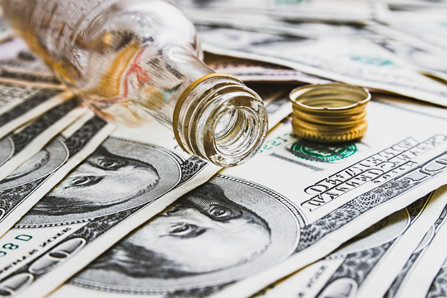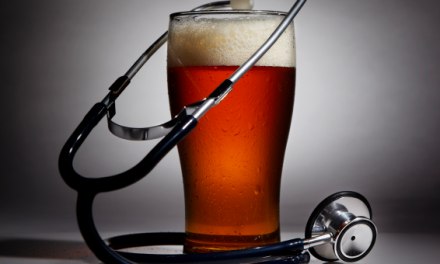The bill for rising numbers of cases of alcohol-related liver disease (ALD), that is. Healthcare experts have been prepping us for a dramatic increase in costs related to the disease and its treatment. It appears the time to pay up is near.
Trends in the Burden of Chronic Liver Disease Among Hospitalized US Adults
As you may know, the past couple years have seen a serious uptick in the rate of alcoholic liver disease in the United States. It’s directly related to the sharp rise in alcohol consumption during and since the COVID-19 pandemic. That was a period in which Americans seemed to feel that drinking too much had become something of a necessity.
From a Medscape discussion on the topic: “the ALD-related burden has increased in young individuals in their third or fourth decade who are at the prime of their productive life, in females, and in racial/ethnic minorities.”
In other words, not just among the poor, the elderly, and the disadvantaged — three groups we’re more accustomed to seeing mentioned. “From 2012 to 2016,” the article continues, “alcohol-associated cirrhosis was estimated to have a $22.7 billion healthcare cost burden.” That was bad enough. But the future promises to be worse.
“ALD in the United States is projected to cost $355 billion in direct healthcare-related costs and $525 billion in lost labor and economic consumption. On an annual basis, ALD-associated costs are projected to increase 118% — from $31 billion in 2022 to $66 billion in 2040.”
That’s quite an increase. I recall reading that one of the primary health benefits of America’s experiment with Prohibition was a substantial decline in the number of persons who suffered (and frequently died) from liver cirrhosis, a major health problem during the era. Banning alcohol made a real difference. That appears to have been ignored in the wake of all the other problems, social and criminal, that surfaced during the era.
But from a health prospective, Prohibition was in some ways a howling success.
With the repeal of Prohibition, liver disease began making its comeback. At the moment, it appears bigger than ever. With costs to match.
Are we prepared? Are we ever?













